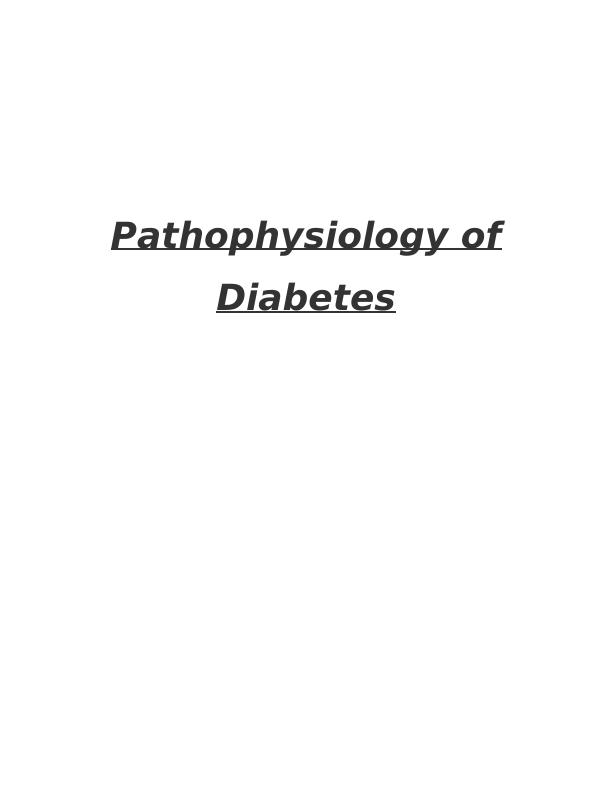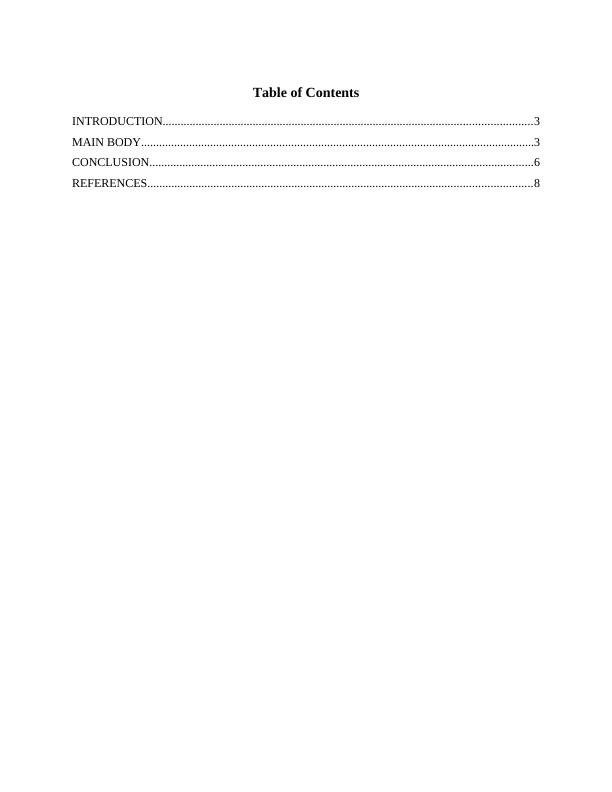Pathophysiology of Diabetes: Types, Symptoms, Diagnosis and Prevalence
8 Pages2583 Words132 Views
Added on 2023-06-12
About This Document
This article provides a comprehensive guide on the pathophysiology of diabetes, including the types, symptoms, diagnosis and prevalence. It explains the difference between type 1 and type 2 diabetes, their clinical presentation, and the various diagnostic methods used in Australia. It also discusses the common signs and symptoms of diabetes, such as polydipsia, polyuria and lethargy, and the related metabolic abnormalities that cause them.
Pathophysiology of Diabetes: Types, Symptoms, Diagnosis and Prevalence
Added on 2023-06-12
ShareRelated Documents
End of preview
Want to access all the pages? Upload your documents or become a member.
Pamphlet for Type 1 Diabetes | Assignment
|5
|761
|13
Diabetes Mellitus (Type II): Pathophysiology, Symptoms, Treatment and Relevance to Nursing Practice
|22
|2061
|395
CNA255 Case Study: Diabetes Mellitus, Acute Kidney Injury, and Fertility Issues
|8
|3688
|307
Diabetes: Signs, Symptoms, and Risk Factors
|11
|2610
|94
Presence Of Glucose And Ketones
|9
|1669
|18
NAME OF THE STUDENT.
|11
|292
|41



